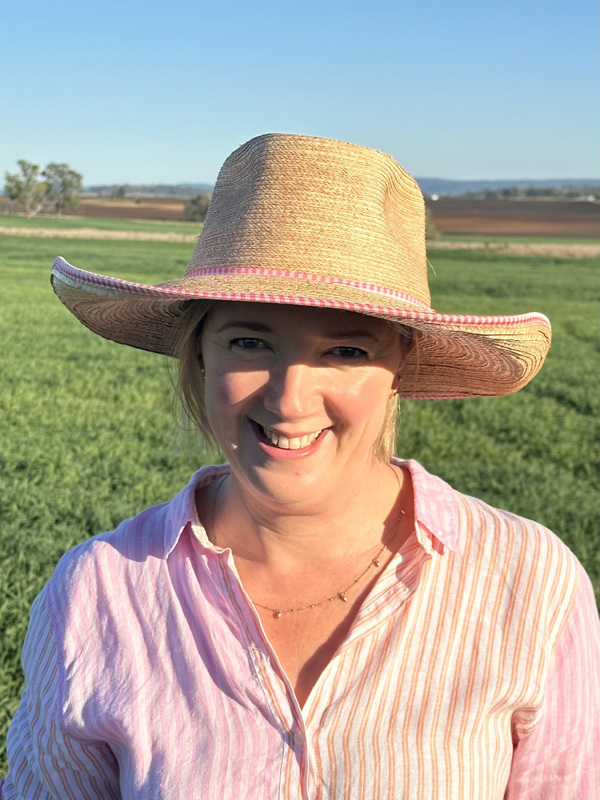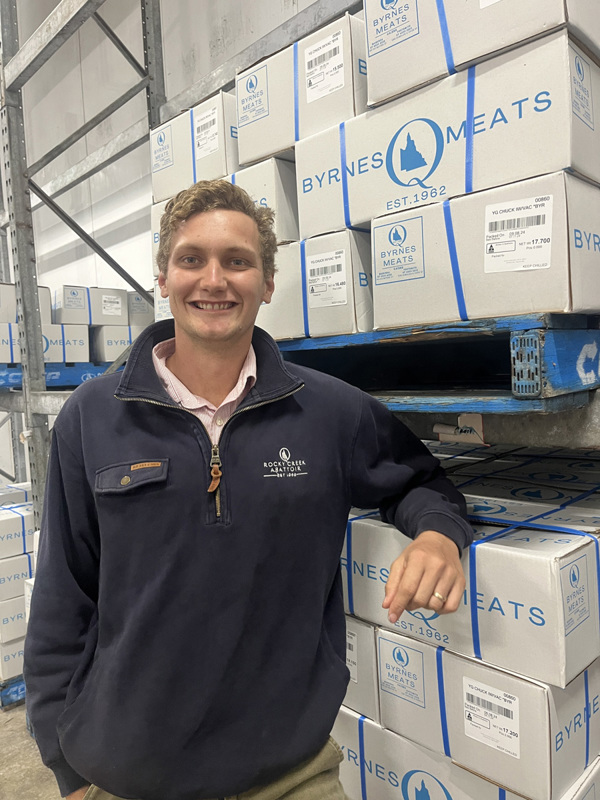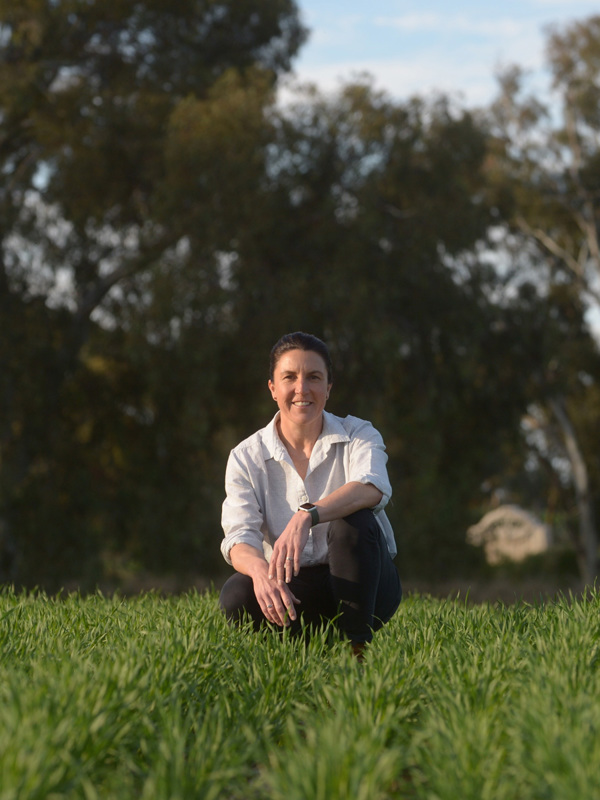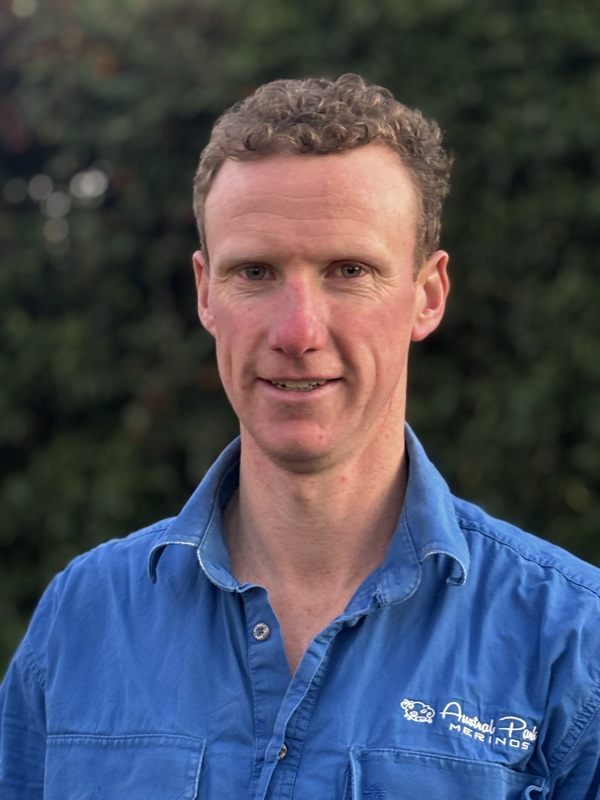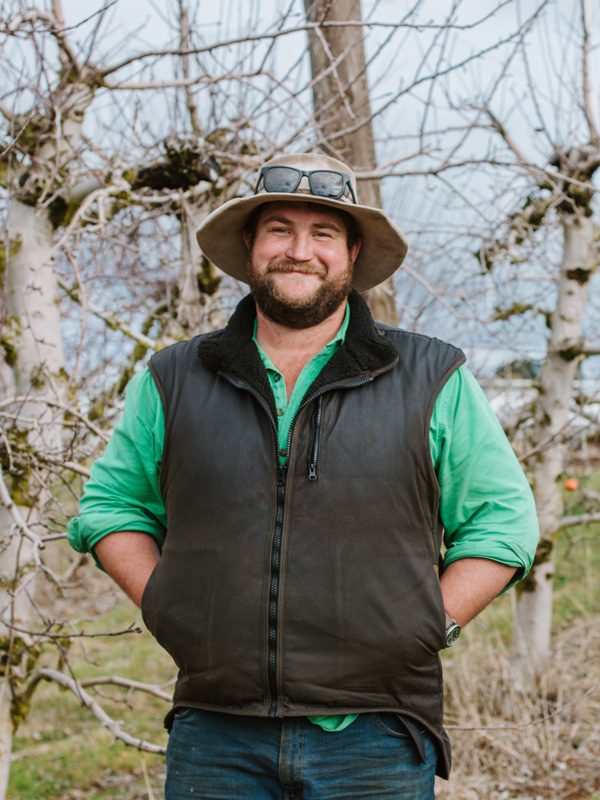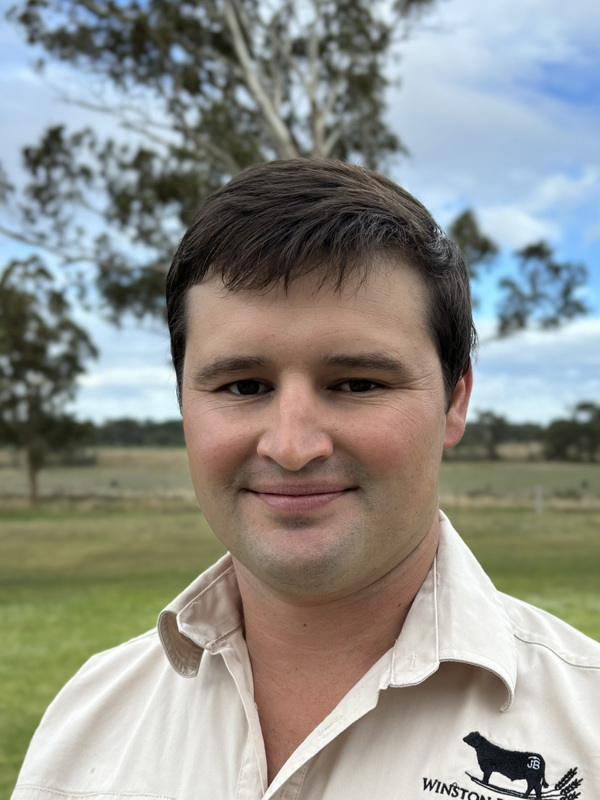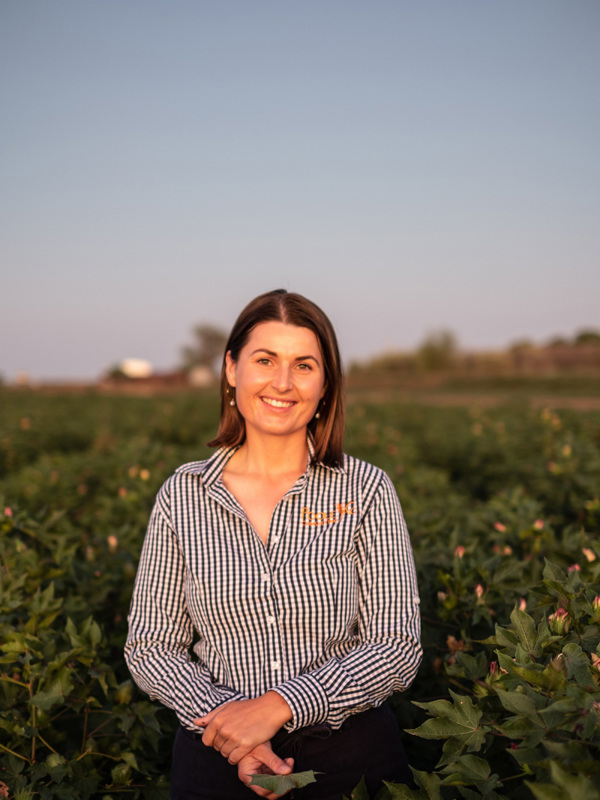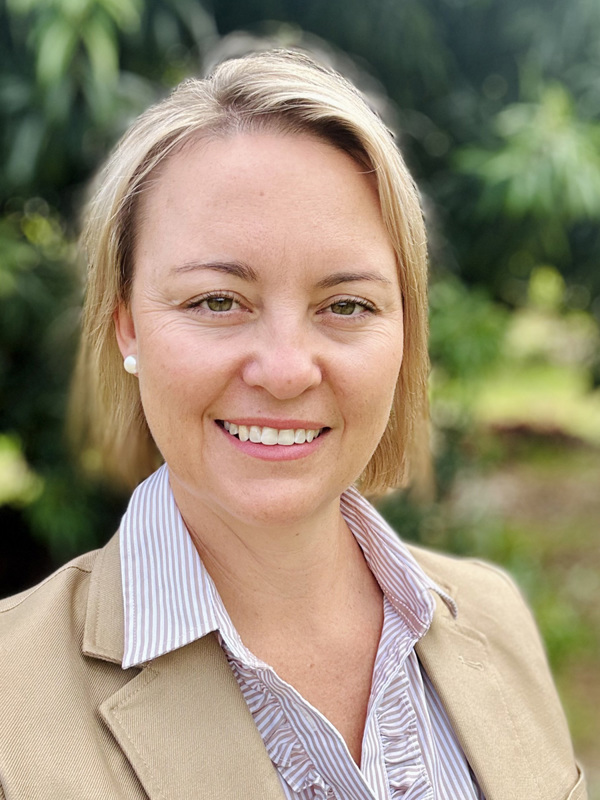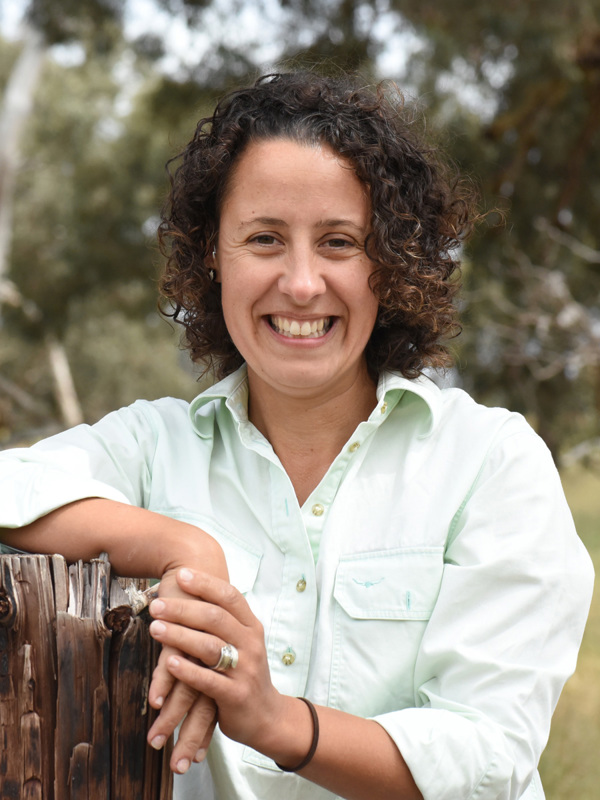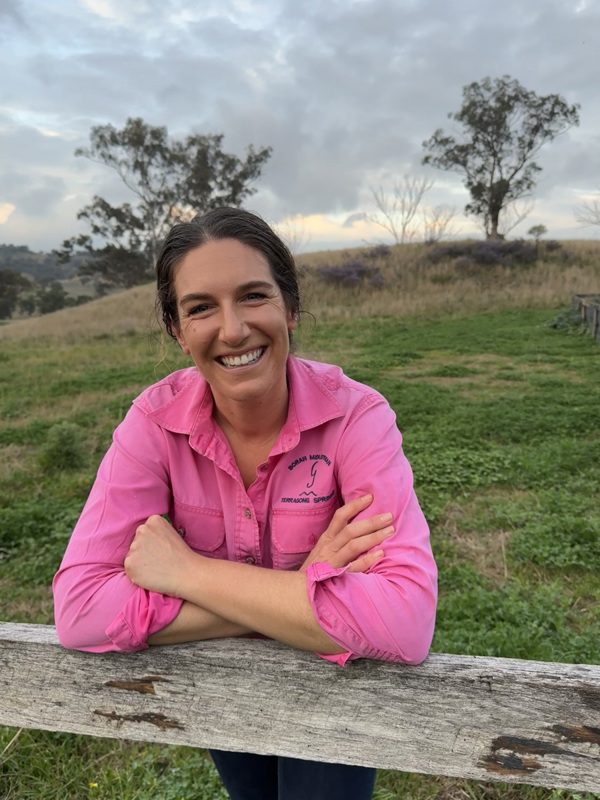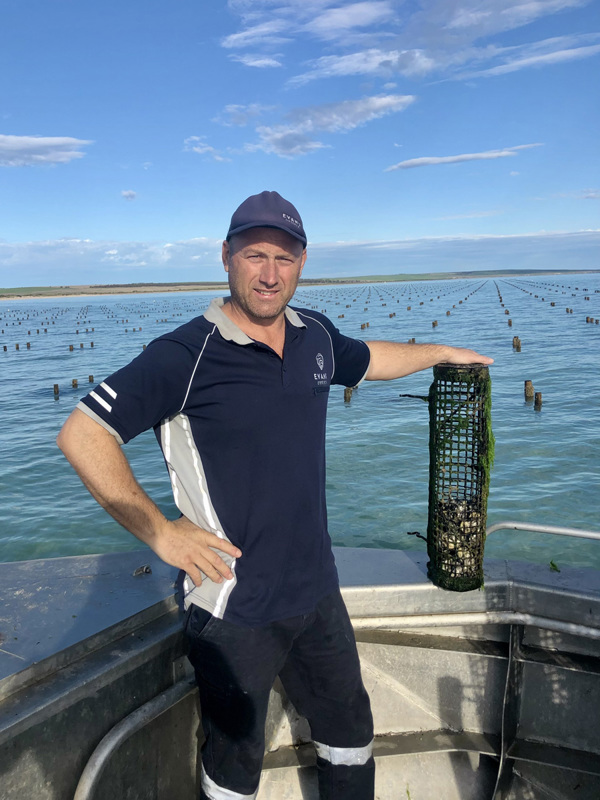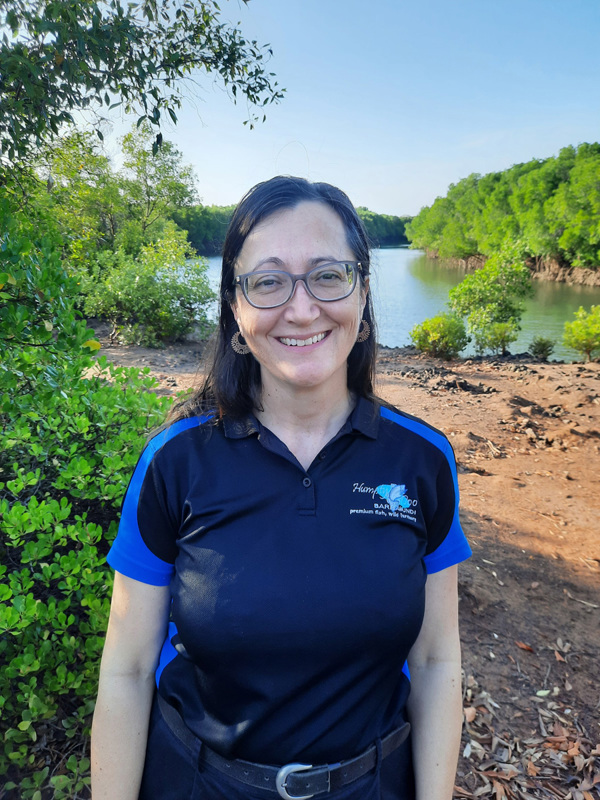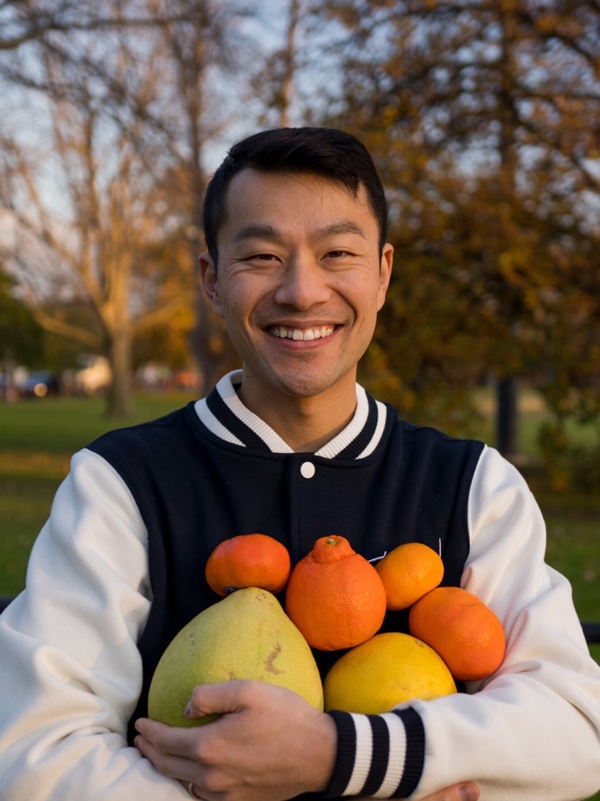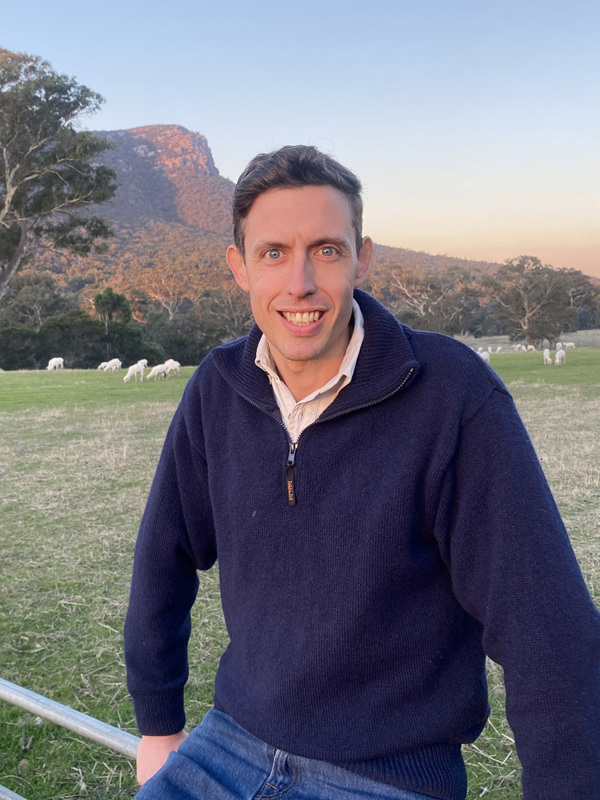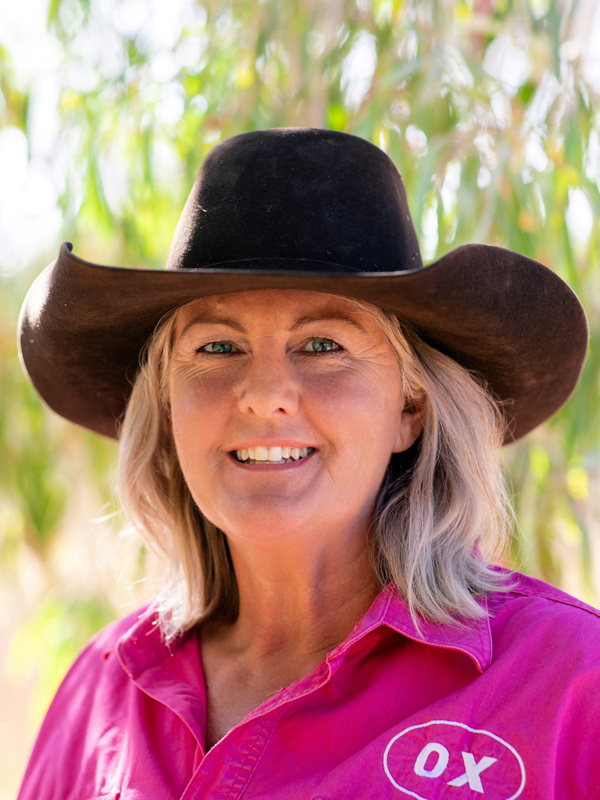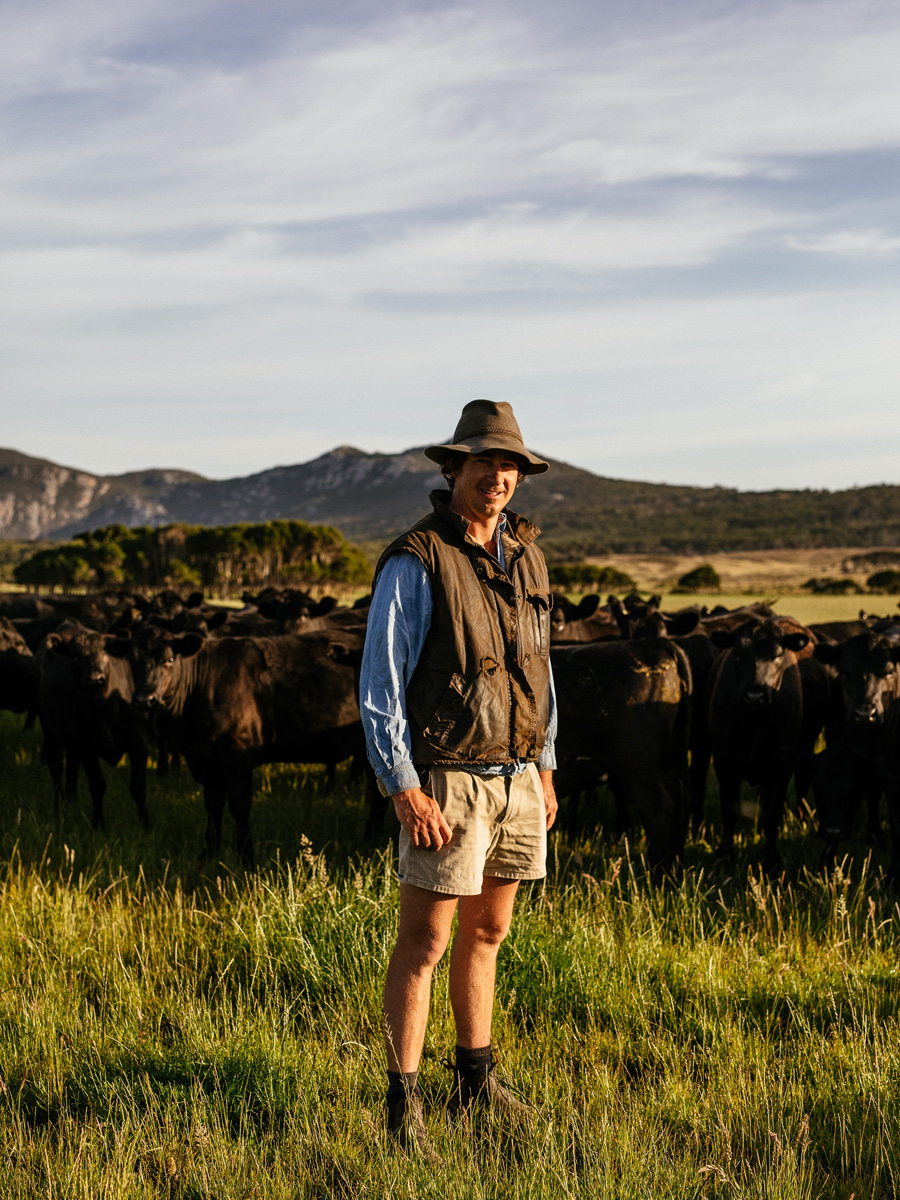
Tom Youl

Seeking fodder conservation options to boost
With dry conditions on Flinders Island and prohibitively expensive freight costs for feed, beef farmer Tom Youl will explore alternative fodder conservation methods and other ways to make farms more resilient.
Tom and his wife Jo run a self-replacing Angus herd of 1100 breeders on 1100 hectares on the island’s northern side.
They turn off steers predominately to a Tasmanian Feedlot, join heifers to an AI program and sell surplus females to the store and finished markets.
They have made lots of improvements to increase the farm’s productivity over the past decade, including pasture renovations, exclusion fencing, reticulated water, increasing soil fertility, and the introduction of on-farm technology.
“I want to investigate alternatives to traditional forms of fodder conservation,” Tom said.
“We are currently going through dry times on Flinders Island and the cost of importing feed is somewhat uneconomical. I’m interested in looking into other ways we can conserve fodder without using large amounts of energy, nutrients and time.”
He is keen to explore other plant varieties, including those that can store living fodder in less productive parts of a farm (e.g. in shelter belts), as well as those that offer different nutrient, energy and palatability characteristics.
“I’m interested to see if there are other options the rest of the world are using in conjunction with rotational grazing practices that can help create fodder reserves for times of need. We want our industry to be making headlines for innovations and forward planning.”
In search of more knowledge, Tom will travel to areas where large and small scale holistic grazing practices are in place, thanks to a Nuffield Scholarship funded by the JM Roberts Trust with support from the Tasmanian Institute of Agriculture.
He said the Serengeti, Tanzania and Kenya would be a great place to observe and record how native animals migrate and browse in a native environment. Tom hopes investigating these animals’ natural eating habits will provide a baseline to then observe the behaviours in a farmed environment further south in Zimbabwe and South Africa.
South American countries such as Argentina and Brazil host a lot of the cattle, and Tom hopes to see how remote tropical areas of the Amazon compare with southern remote areas such as Patagonia and Tierra del Fuego.
“It would be great to understand the diets in such harsh environments. Speaking to locals in all these areas would be a great way of getting different fodder conservation plans.”
Investor Information:
The Tasmanian Institute of Agriculture (TIA) is a research institute at the University of Tasmania specialising in research, development, extension and education to support prosperous, innovative and sustainable agriculture and food sectors in Tasmania. TIA began in 1997 as a joint venture between the University of Tasmania and the Tasmanian Government, bringing together the human and physical resources of the Tasmanian Government with the scientific research and teaching capacity of the University of Tasmania.
Website: https://www.utas.edu.au/tia/about Facebook: @TasInAg
The JM Roberts Charitable Trust was established in 2003 by the late John Roberts with a goal to provide additional funding to support and promote the well-being of our natural environment today and for generations to come.Specifically, the Trust has a focus in the areas of reducing land and soil degradation, clean waterways, re-vegetation, managing erosion and informing and educating the community and youth on the importance of land care.
Website: http://jmroberts.org/
